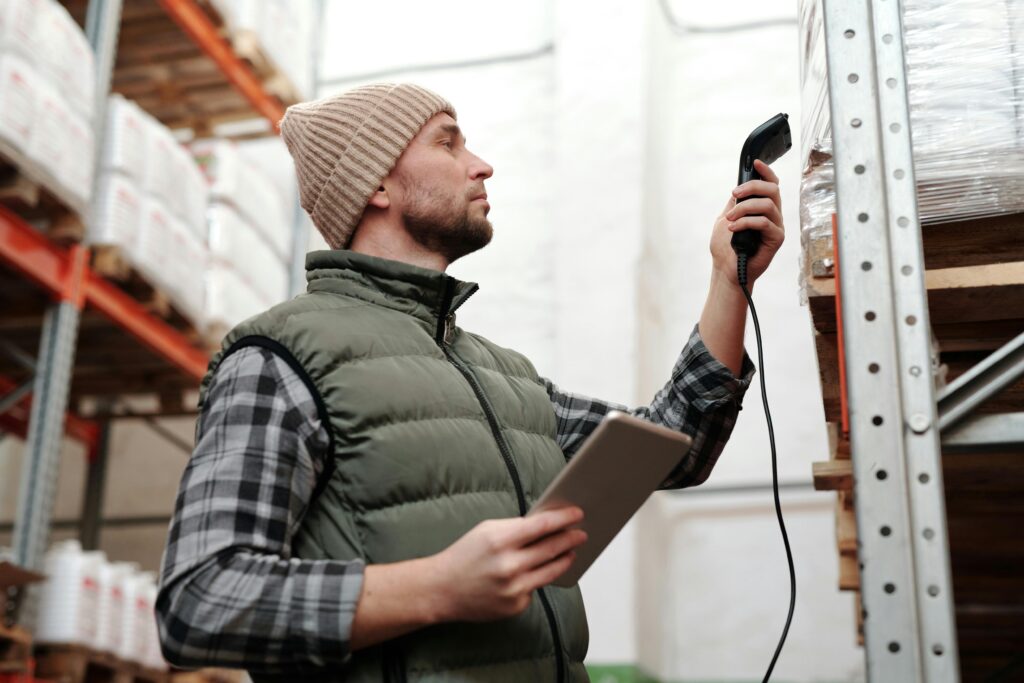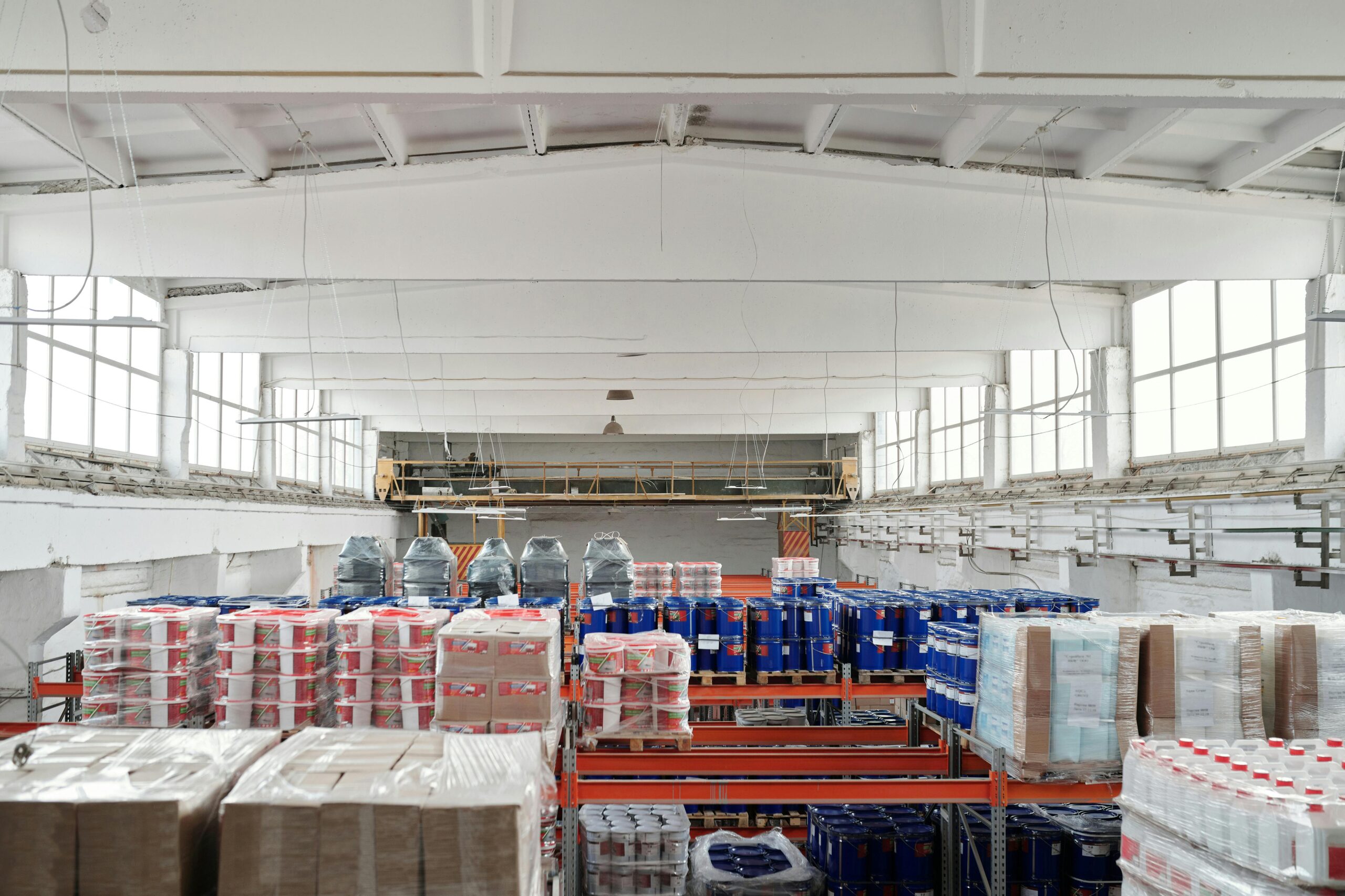For many e-commerce business owners, it can often feel like items are being sold when they arrive at a warehouse. Interestingly enough, they’re not far off.
Across the e-commerce industry, companies turn over their inventory four to six times per year. On one hand, high inventory turnover is a sign of a healthy business—if you’re struggling to keep items on the shelf, customers love your products. But at the same time, many companies aren’t equipped to keep up with consistently high demand levels.
Cross-docking services can be a source of relief for businesses that sell products that are in demand, perishable, or both. Here’s how it works.
From Inbound to Outbound in Minutes
Normally, warehouses receive goods from a company’s supplier. When a new shipment arrives, warehouse employees remove items from an inbound truck and place them on shelves until they are needed to fulfill a customer’s order. From there, employees pick the items from their designated shelves, pack them into boxes, and ship them to customers on outbound trucks.
However, this process breaks down for products with steady demand. Placing the items on shelves only extends their time to reach their final destination. Cross-docking services account for this by quickly removing items from an inbound truck, processing them in a warehouse facility, and then shipping them to customers in an outbound truck.
Third-party logistics providers typically offer the service out of I-shaped warehouse facilities. Inbound trucks arrive at one side of the I and are unloaded by warehouse staff members. The items are then sorted and placed on outbound trucks. While efficient cross-docking services require coordination between the supplier and logistics company, they can be transformative for companies when executed successfully. Some benefits include:
1. Lower Storage Costs
Storage costs largely depend on how much space one company’s items occupy in a warehouse facility. The more items a company has at one time in a facility, the more they will pay.
Cross-docking services reduce a company’s warehouse footprint. Since items quickly move from an inbound to an outbound truck, little shelf space is required. It’s a simple way of reducing storage costs for a company, with some items that turnover quickly and others that remain on shelves somewhat longer.
2. Faster Delivery Times
Inventory management’s traditional pick, pack, and ship process is time-consuming. Sometimes, it can even result in orders arriving past their projected delivery date.
Cross-docking services eliminate the need to pick items from shelves and pack them into boxes. Items are quickly transferred to outbound trucks and are on their way to customers in minutes. Predictable delivery times equate to happy customers.
3. Less Material Handling
Wear-and-tear is inevitable for items stored in warehouses. As products move throughout the facility, they are subject to bumping up against other items or being dropped. The risk is even higher for items that can become contaminated, such as food and drinks.
With cross-docking services, items spend little time in the warehouse. That means the likelihood of them being bumped, dropped, or contaminated is smaller. This aspect of cross-docking makes it a perfect option for companies shipping perishable or fragile items.
However, cross-docking is only one of many innovations in logistics that have revolutionized supply chain management while creating leaner and more efficient organizations. Here are a few others reshaping the experience for businesses and their customers.
Warehouse Automation Is Accelerating Inventory Management

Earlier, we mentioned how labor-intensive and error-prone the pick, pack, and ship process can be. Unsurprisingly, inventors have sought ways to automate this highly repetitive process with robotics.
It all starts with warehouse management system (WMS) software. Warehouse operators use WMS to monitor the status of different warehouse operations. WMS can be used to program a range of automated systems. This includes:
1. Robotic Picking Arms
Robotic picking arms do precisely what their name suggests: They pick items up and move them to a different location in the warehouse. They can be used in a variety of applications, such as:
- Picking items off of shelves and moving them to the packing area of the facility
- Packing items into boxes
- Receiving items from inbound trucks and placing them on shelves
- Arranging items on pallets before shipment
2. Conveyor Systems
Rather than forcing warehouse employees to carry items throughout the warehouse or use forklifts to transport them, many warehouses now use automated conveyor belts to move items from one station to the next in a warehouse.
3. Automated Guided Vehicles (AGVs)
AGVs are a new and popular innovation in logistics. By 2029, the global market for AGVs is expected to reach $4.9 billion.
Unlike traditional forklifts requiring a human driver, AGVs use sensors to transport items throughout the warehouse.
On-Demand Warehouse is Making It Easy to Find Storage Space Fast
Much like cross-docking services, on-demand warehousing has a significant impact on logistics.
Previously, companies needed additional storage space to build a new facility or negotiate with a third-party logistics vendor. Both arrangements required a significant commitment from the company.
On-demand warehousing is an innovation in logistics that serves the needs of companies in a pinch. On-demand warehousing companies provide a platform for connecting businesses with warehouses with open space.
There are no minimum volume requirements for on-demand warehousing. While these providers do not offer the white glove service businesses receive from 3PL providers, they are a smart option for businesses needing temporary storage space.
Scale Your Operations with CONRI’s Cross-Docking Services
CONRI is an industry leader in transloading and cross-docking. Our warehouses in New York, New Jersey, Pennsylvania, and Florida are strategically located near ports and major highways to ensure your goods can seamlessly move from your supplier to your customer. Get started by submitting a contact form today.

